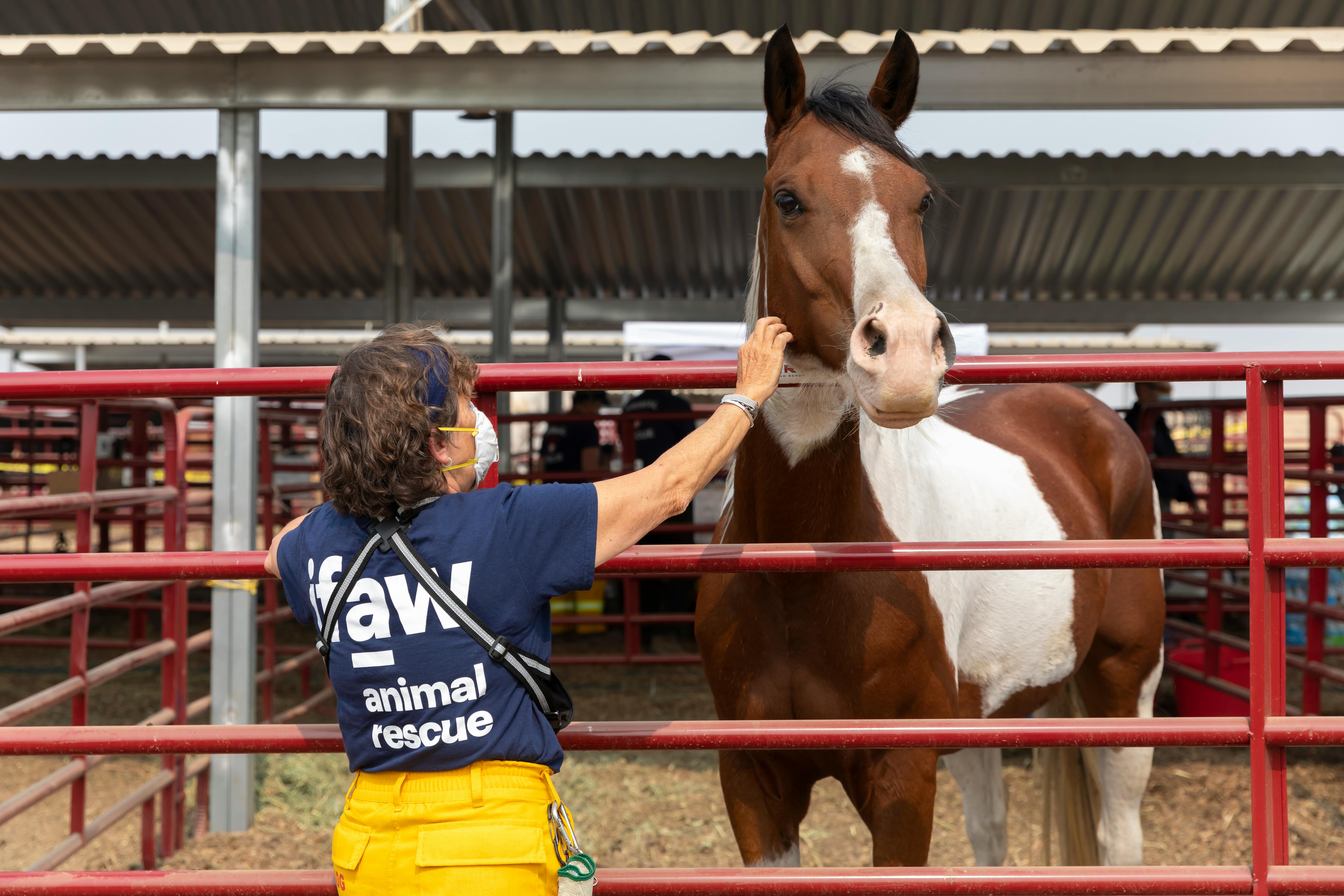
Getting a cat: first things first
admin
- 0
KITTEN OR CAT?
There is nothing more adorable, sweet or entertaining than a kitten. However, depending on your needs and your household (other family members and other pets), you may, for whatever reason, decide to get an adult cat. Whether you choose a kitten or an adult cat, know that there are wonderful companions at every animal shelter just waiting to become a part of your life and the lives of those around you. Consider visiting your shelter to save a life while enriching your own.
A WORD BEFORE WE CONTINUE
Over the course of 40 years, I have learned more and more about holistic medications and treatments and holistic preventive healthcare for myself, and thus over a period of time, I have come to have the same concerns and considerations for my furry friends. as well as. I have not regretted. Now I’m living with the oldest – and the sweetest! – Cat I have had or known. That said, some of my recommendations may sound sloppy or lax to the viewer who hasn’t researched the issues, but please know that I didn’t come to these ideas because they are easier, simpler, or cheaper for me nor am I lazy in anyway. I like to read and learn about any health issues, medications, nutrition, or treatments out there for myself or my pets, and therefore everything I suggest here has been researched. It’s all a matter of personal choice, of course, but I’ll share what I know and why I made the decisions I did.
BEFORE YOU ADOPT OR BUY
You will need a litter box for each cat in your home. Buy sand. Odorless clay litter is the healthiest for you and your pet. Plan to throw out the entire litter box and cover it with several layers of fresh newspaper (Sundays are the perfect time for this task, as the Sunday paper will still be in your house and ready for recycling) each week. I don’t like the idea of ”scoopable” or “clumpable” trash. Think about it for a moment. It may be easier for us humans to keep reusing litter, but how healthy is it for your feline companion, whose health and well-being you’ve been entrusted with? What kind of bacteria lurks in the litter box week after week after week. Clay litter, even when changed weekly, is cheaper and safer for your pet. End of story.
Get dry and wet canned food for your partner. Just start with a good brand right away. Pay special attention to the ASH content, the MAGNESIUM content and the PHOSPHORUS. Consider your cats urinary tract health and kidney health before it becomes a problem. Choose foods that say “urinary tract health” or “urinary tract maintenance” or just choose a slightly more expensive brand, and you’ll find less ash and less magnesium. Most of these more expensive brands don’t even contain any phosphorus or fillers. (If you’ve been feeding your pet unfilled food during China’s wheat gluten pet food scare, you know what I’m talking about. No fillers, and there was no need to worry.) Free food (leave an unlimited supply out at all times) to your companion dry food and provide canned food at least once in the morning and once in the evening. This provides a good balance of carbohydrates so you can also prevent early-onset diabetes. Once again, what’s the old saying? “An ounce of prevention is worth a pound of cure.” As a personal note, I feed my senior cat (15 years old now and no known illnesses!) Wellness brand and Petguard brand foods. I receive Wellness dry food and Petguard wet food. I have fed him Wellness canned food; however, he seems to prefer Petguard’s wet food. I can’t find Petguard dry food in my area, but My Precious Girl is perfectly satisfied with her Wellness dry food, so I’m happy with the choices I made for her.
If you have chosen a kitten, be sure to get specially formulated kitten food for the first year of your companion’s life. Then after a year you can switch to adult foods.
Make sure you have dedicated, preferably unbreakable, bowls and plates/platters for your new companion to eat dry food, have access to fresh water, and eat canned food (I prefer a flat plate for this). A weighted bowl of water doesn’t hurt either.
KITTENS AND CATS – WATERPROOFING YOUR HOUSE
Kitten-proof your home before you buy one. In fact, everything I’m going to say here really should apply to any pet. Make sure your blinds are higher than Mrs. Kitty can jump (and they can jump really high) to prevent your new companion from accidentally hanging. Make sure your cabinets are secured and cannot be opened when tripped over. Make sure there are no chemicals or poisons of any kind – that includes plants and even some foods too! – are out of range.
If you have a problem with bugs of any kind in your home and have used the services of an exterminator or are using a sprayer or pumps in your home, make sure your bug problem is fixed before you bring a new companion into your home. home. Chemicals of any kind are not safe for anyone or anything. Better safe than sorry. Once you’ve fixed your bug problem and sent your exterminator to pack up, clean all baseboards, cracks, and any other common areas in your home or outdoors (enclosed patio or balcony) thoroughly in an attempt to remove any chemicals. dangerous and to reduce Mrs. Kitty’s exposure.
Get your friend a nice cat bed, even if you plan on having your new companion sleep with you. You may be surprised where you will find your friend sleeping. It’s good to offer at least one sensible option.
You may want to get some safe toys for your new companion, maybe even a scratching post. A word about scratching posts: Did you know that some cats are vertical scratchers and some cats are horizontal scratchers? If you find your kitty sharpening his nails somewhere in your house, pay attention to what he was using: was it the arm of the sofa (from a standing position) or was it his rug? If it was the arm of the sofa and your kitty was standing while he scratched it, look for a vertical scratching post. If it was the rug kitty used, get a horizontal strip for your kitty to use.
YOUR OTHER CATS AT HOME
If you already have another cat in the house, make sure your new kitten or cat comes with a negative feline leukemia test and the first few vaccinations, at least. Also, make sure it is flea free and has been “dewormed” or had a recent negative stool sample for intestinal parasites. Very important! Because while you’ll buy another litter box if you bring a new cat into your home that already has a cat, cats will inevitably cross paths when it comes to litter boxes, at least initially, and if the new cat has intestinal problems. parasites, your other pets will become infected. That goes for your canine companions, too: Intestinal parasites are spread through feces, and if you have a dog in your house that likes to visit the kitty litter from time to time, your dog is at risk, too.
YOUR DOG(S) AT HOME
I just mentioned the litter box and parasite concern in the previous paragraph, so you’re covered.
Otherwise, it’s super simple, from a health standpoint, to bring a cat into a home that has a dog or dogs and nothing else because very few diseases or health risks are transferable between dogs and cats. As I mentioned, fleas and ticks would of course be considerations. Fleas and ticks don’t discriminate, and neither do intestinal parasites. So, out of respect and concern for your pets who already share your home, make sure your new companion is pest-free and have that stool sample tested before you bring your new companion.
Make sure your kitten or cat has a private place, out of reach of the dogs, where it can eat and have access to fresh food and water without the dogs gobbling it all up when you and Mrs. Kitty aren’t looking. I’ve been through this, and trust me, it’s not fun! Not only is it very possible that you will have a dog with gastric problems due to a sudden change in diet, but you will run out of your kitty’s food much faster. If you’re like me and feed a better brand of food, it’s especially infuriating because it costs so much more to feed a dog and your feline companion a better brand of cat food.
A WORD ABOUT DOGS AND CATS WHEN IT COMES TO FOOD
A dog can live on cat food, but a cat cannot live on dog food. If your cat shares a house with a dog and seems to prefer dog food to its own cat food, don’t laugh too hard because a cat needs TAURINE, which is found in cat food but not usually in dog food.
Note: Recent research indicates that dogs’ hearts benefit from TAURINE; therefore, some more advanced and progressive dog food manufacturers are now adding it to their dog foods; however, a certain amount of TAURINE is required for your cat’s diet. So make sure Mrs. Kitty has a healthy cat food that she enjoys. Your cat’s eyesight depends on it. Your cat can go blind due to a TAURINE deficiency.

